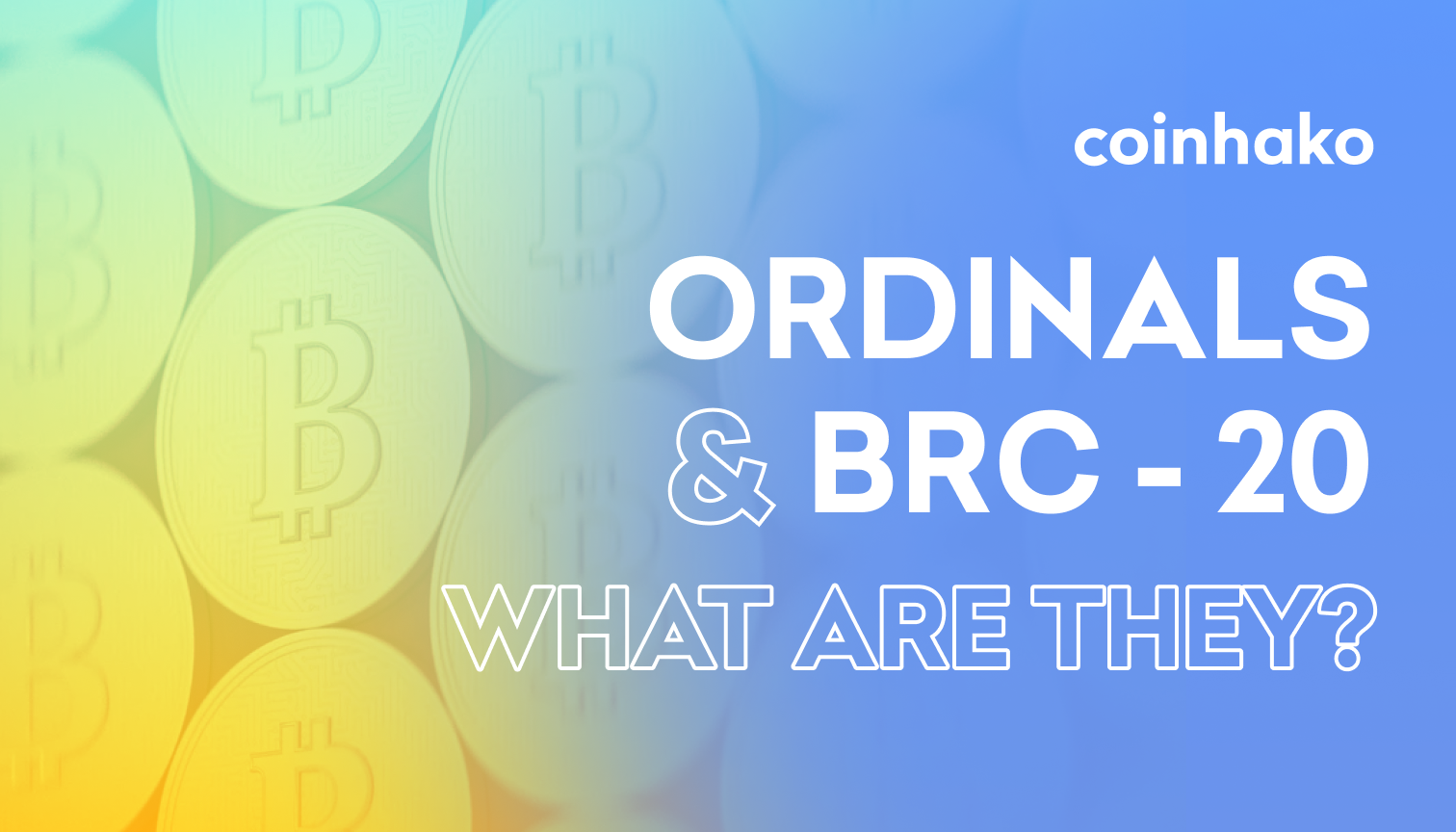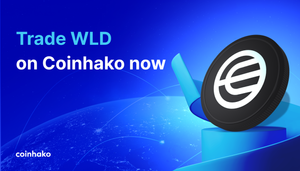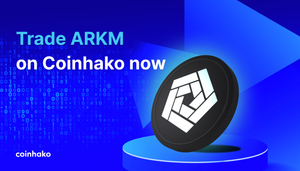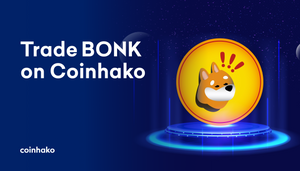Since as early as 45,500 years ago, right around the time the earliest cave paintings were created, humans have found reason to leave a mark. These marks come in various forms — from crude hand paintings of extinct animals to the sophisticated Egyptian hieroglyphics, one thing stays the same: there’s always a story.
Fast forward to modern times, the desire to leave our marks has not subsided one bit — if anything, humankind has developed better technology that allows us to inscribe our stories in more ways. While engraving a name on a grain of rice is pretty impressive, it cannot match ordinal inscriptions utilitywise.
Buy Bitcoin in SGD on Coinhako now
What is an ordinal inscription?
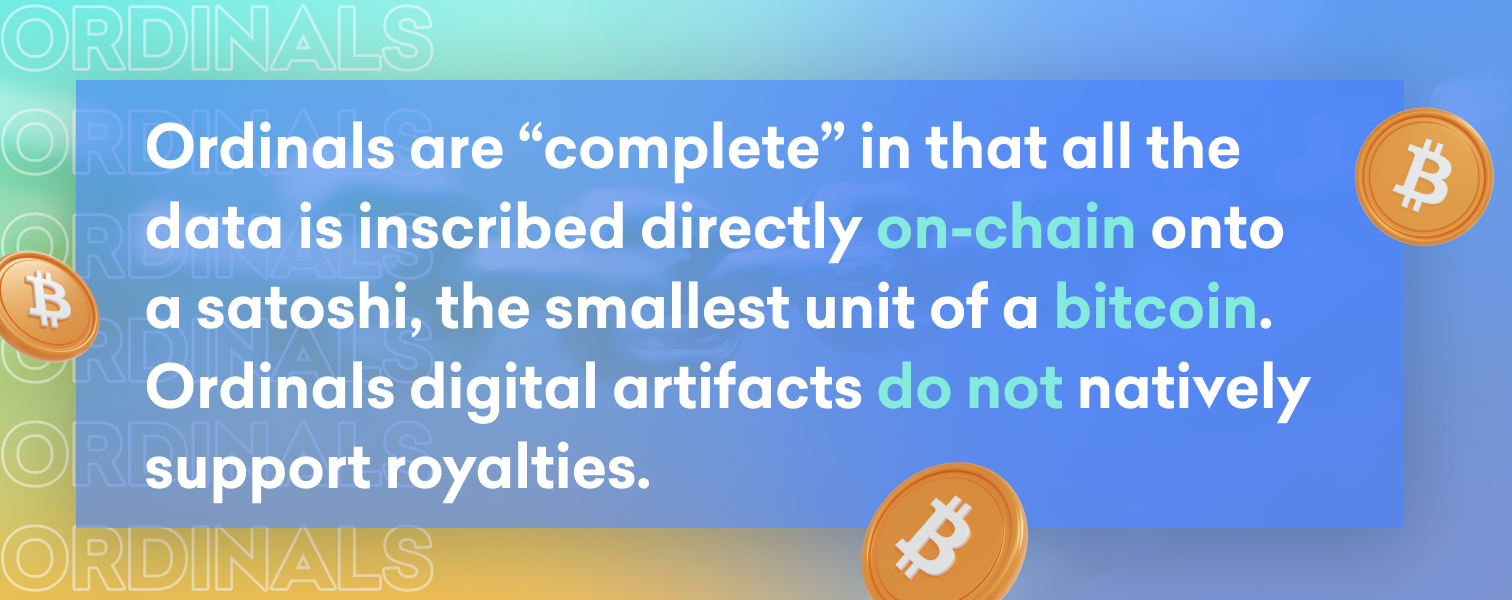
With a name like ordinal inscription, one cannot help but assume that it is both literal and self-explanatory — but that won’t stop us from explaining what it means.
Each Bitcoin is broken down into 100,000,000 units called satoshis (or sats). After the Taproot upgrade back in November 2021, Bitcoin node operators could inscribe each sat with data, thus creating something called an ordinal.
What can you do with ordinal inscriptions?
The fun part was that the data inscribed could include smart contracts, thus enabling the possibility of NFTs you can mint directly onto the Bitcoin blockchain. This has also led to the introduction of a new token standard, BRC-20, though the functionality of this standard remains pretty limited (minting, deploying and transferring tokens).
What makes ordinal inscriptions different?
One of the reasons an ordinal inscription is different from traditional NFTs on Ethereum or other blockchains is that all the data is stored directly on-chain — the entire data file resides in the witness signature field of Bitcoin transactions. That means the entirety of Ordinal NFTs live and breathe on the blockchain.
With traditional NFTs, the token usually just contains a link or data that points to an external service where the art is stored. Digital artifacts on ordinals also do not support royalties, unlike the traditional NFTs.
What is BRC-20?
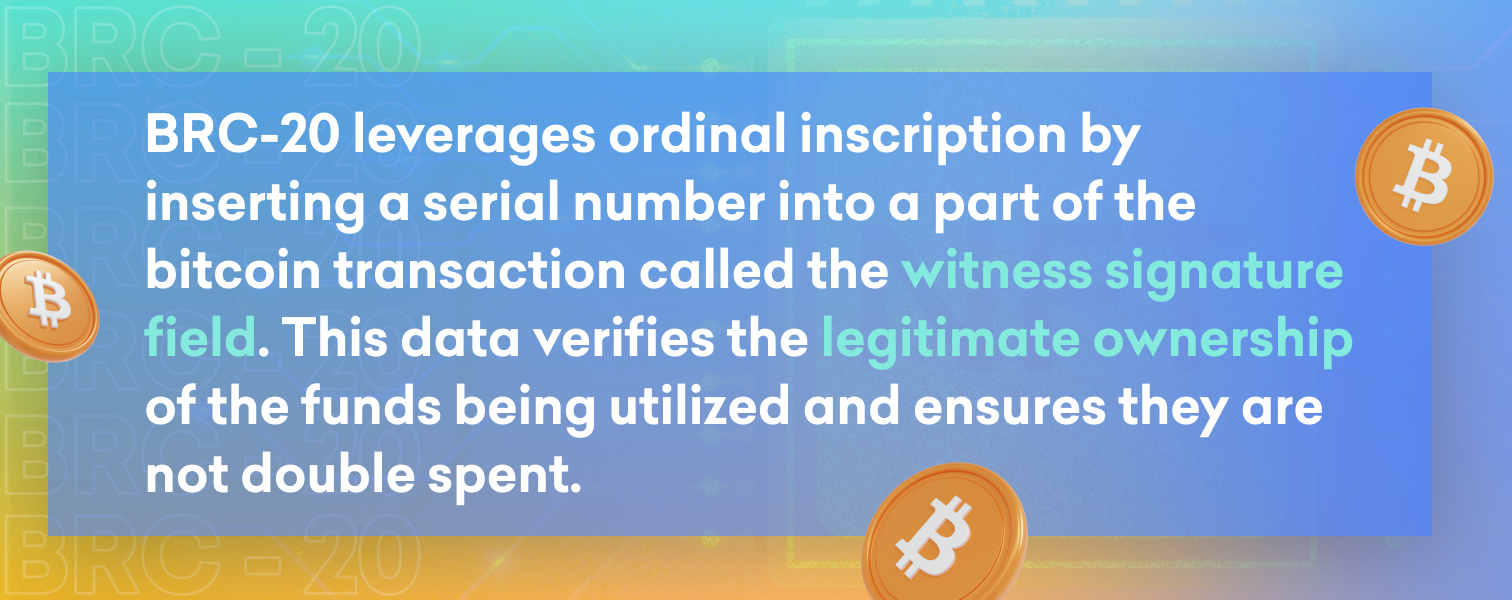
Modeled after the Ethereum protocol ERC-20, BRC-20 (or Bitcoin Request for Comment 20) was introduced earlier in March 2023 by a developer named Domo. BRC-20 leverages ordinal inscription by inserting a serial number into a part of the bitcoin transaction called the witness signature field. This data verifies the legitimate ownership of the funds being utilized and ensures they are not double spent.
Trade ETH with SGD now
How is BRC-20 impacting the landscape?
Creating and transferring BRC-20 tokens is complex and requires more space on the blockchain than a conventional bitcoin transaction — where a typical transaction might only take up kilobytes, a BRC-20 token transaction can be up to 4MB in size.
This increases competition for block space and could lead to higher transaction fees for users seeking faster confirmation times, while the mempool grows larger and larger. This may cause some traders to use a method called replace-by-fee, where an old version of an unconfirmed transaction is replaced with a new version that pays nodes a higher transaction fee.
Because the nodes are a fixed resource and demand for their time is fluctuating, they are incentivized to process transactions with higher fees, thus causing fees to rise alongside demand.
The controversies around BRC-20 tokens and ordinals
Some critics feel that BRC-20 tokens and ordinals detract from Satoshi’s original mission of using the Bitcoin blockchain as a peer-to-peer money transfer system. Others also believe that they can be used as an attack because the large file sizes congest the Bitcoin network.
Despite the criticisms, not everyone feels the same way as Bitcoin miners are finally earning more from processing transactions than from mining, which could potentially come in useful as miner subsidies continue to decay.
Should you be buying BRC-20 tokens now?
Our answer for questions like these would be that we cannot provide any financial advice. But one thing we can point out is that BRC-20 is largely experimental at the moment and its utility is minimal at best — all this to say that you should do your own research before you decide on anything.
But if you’re interested in trading other tokens on a safe and licensed platform, we know a place where you can go — fund your account with PayNow in less than 60 seconds and trade your favorite cryptos on Coinhako right now!
Sign up for a Coinhako account now
Disclaimer: All writers’ opinions are their own and do not constitute financial advice. As a company, we do our best to provide information that is accurate and valuable. The contents of this blog post are intended for educational purposes only. Individuals are advised to perform due diligence before purchasing any cryptocurrencies as these assets are subject to high volatility, and understand the risks associated with trading cryptocurrencies.
👉 Join us on Telegram and Instagram
🤔 For any queries, please reach out to us here, or visit our Help page.
Copyright © Coinhako 2023 All Rights Reserved. Read more on our terms of use of this blog. All opinions expressed here by Coinhako.com are intended for educational purposes, taken from the research and experiences of the writers of the platform, and should not be taken as investment or financial advice.
